Can BYD’s lightweight wheels for new energy vehicles achieve both energy efficiency and strength? The lightweight wheels adopted by BYD’s new energy vehicles strike an effective balance between energy savings and structural integrity. This achievement stems from the synergistic effects of material innovation, structural optimization, and process upgrades.
The core advantage of lightweight wheels lies in reducing the vehicle’s unsprung mass. When wheel weight is reduced, the inertial forces during vehicle acceleration and braking are significantly diminished. Lower rotational inertia enables more efficient power transmission. This change not only minimizes energy loss within the drivetrain but also enhances acceleration response, allowing the vehicle to travel farther on the same battery charge.
Regarding strength assurance, lightweighting does not pursue weight reduction alone but achieves performance leaps through high-strength materials. Novel materials like carbon fiber composites and high-strength aluminum alloys offer significantly enhanced tensile strength and impact resistance while reducing density. Carbon fiber boasts tensile strength over ten times that of steel, yet weighs only a fraction of the latter.
Advanced aluminum alloys undergo heat treatment to form fine, uniform grain structures, enhancing fatigue life while maintaining lightweight properties. These materials enable wheels to exhibit superior stability under vehicle loads and road impacts.
Structural optimization represents another critical technological approach. Spoke layouts are engineered to align with mechanical force transmission requirements, incorporating additional stiffeners at critical points or adopting hollow structures to reduce weight while enhancing localized strength. Some wheels feature dual-layer spoke designs, where the outer layer serves aesthetic and aerodynamic purposes while the inner layer bears primary loads, creating functional stratification.
Can BYD’s lightweight wheels for new energy vehicles achieve both energy efficiency and strength? Compared to traditional cast wheels, they offer higher strength with reduced weight. Carbon fiber wheels utilize prepreg layering and autoclave curing technology to ensure fiber orientation aligns with stress directions, maximizing material performance.

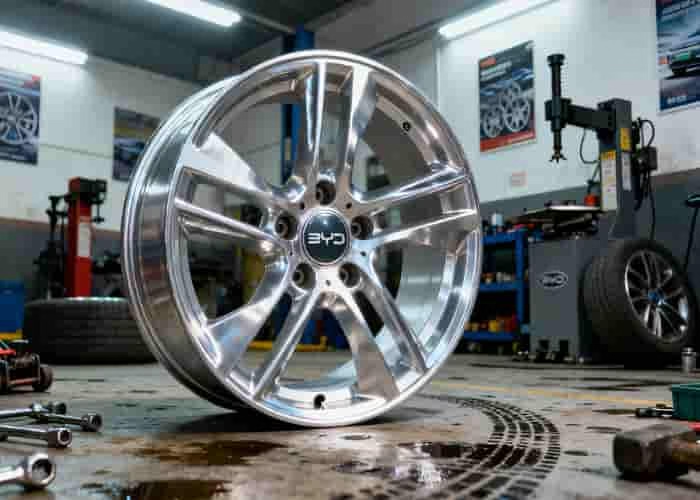

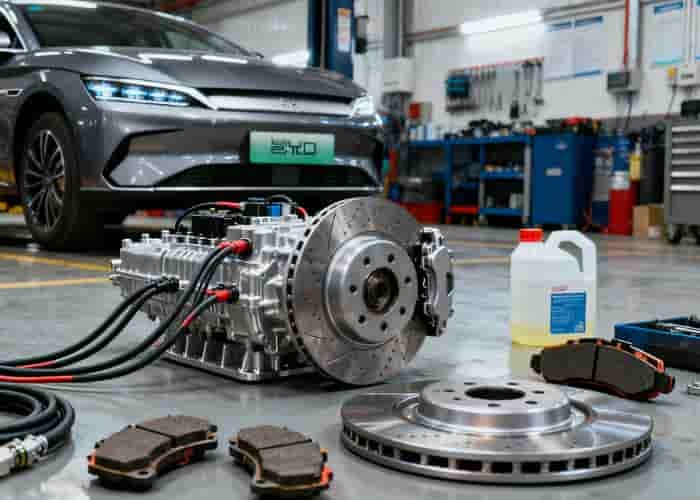
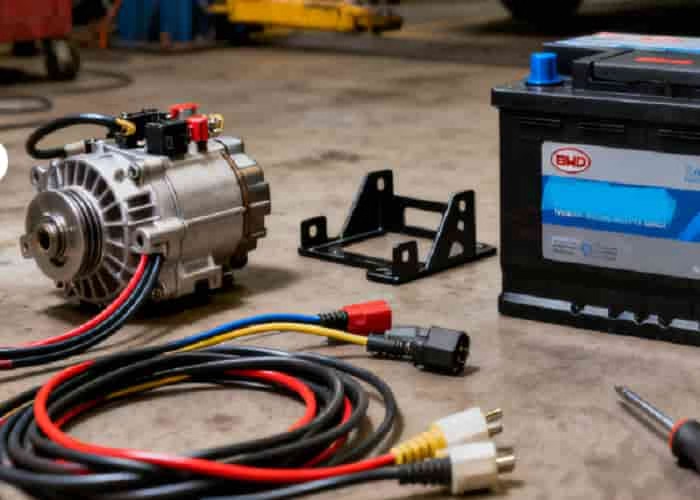

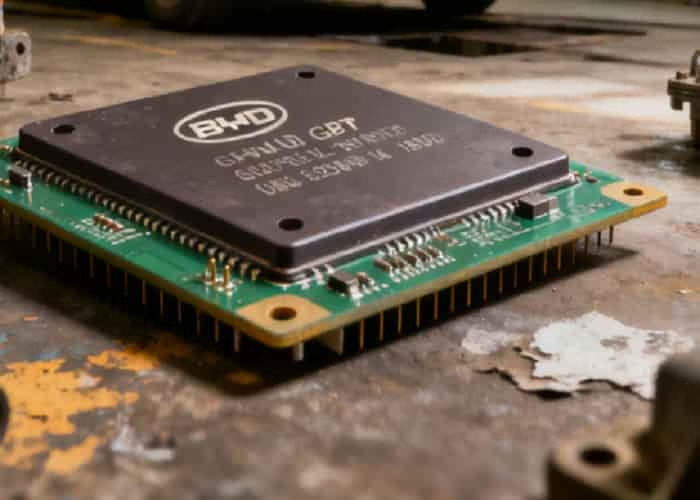
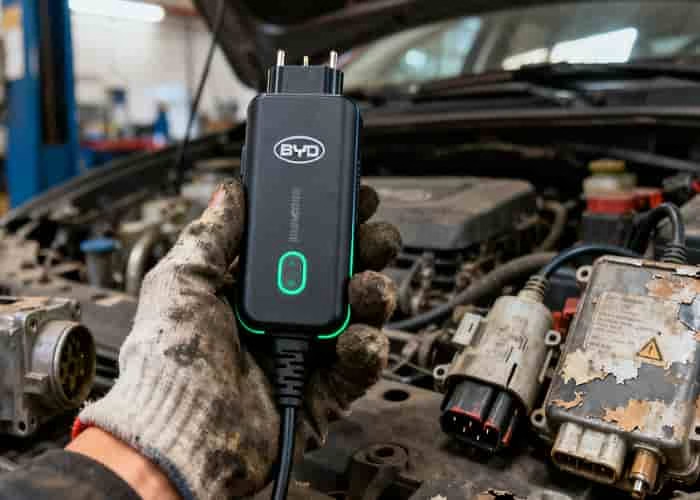
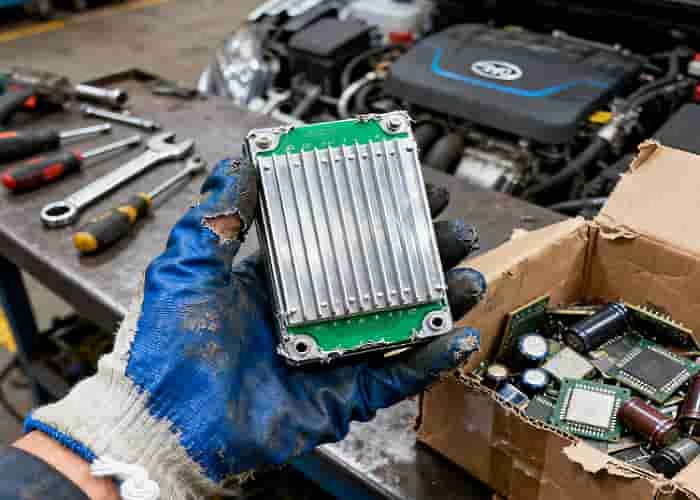
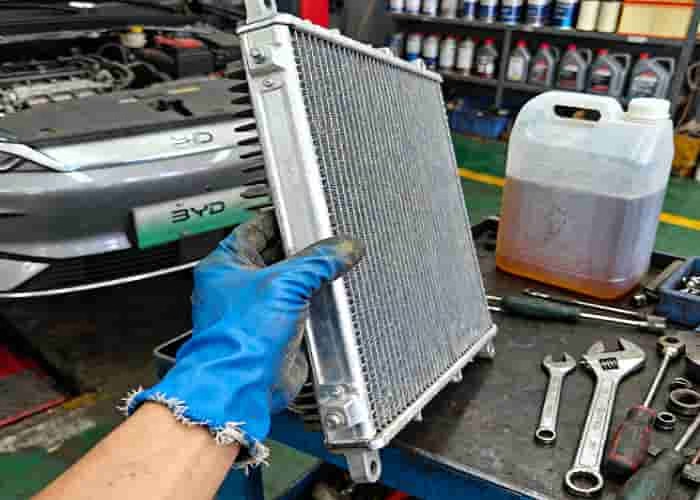


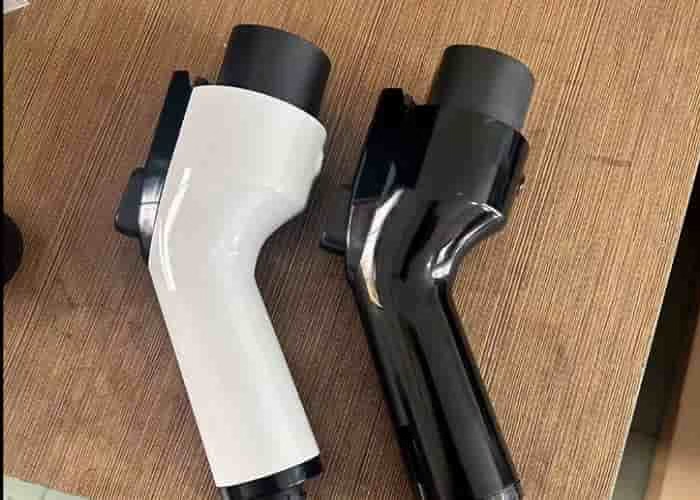


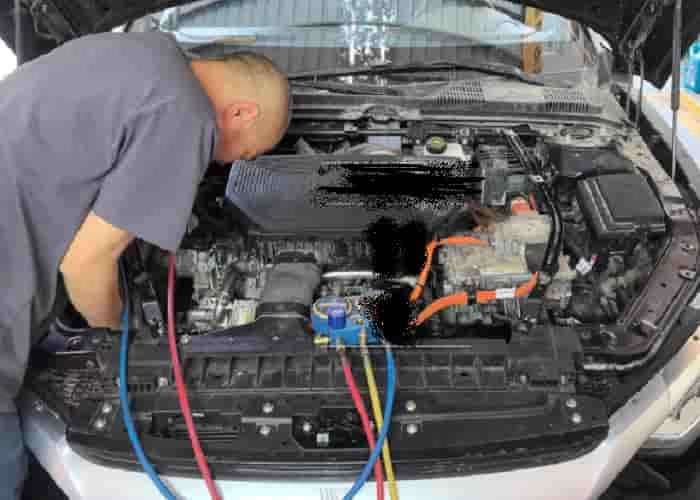
Leave a Reply